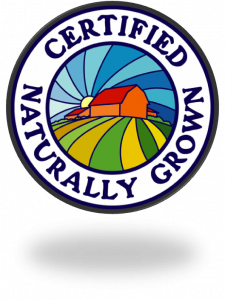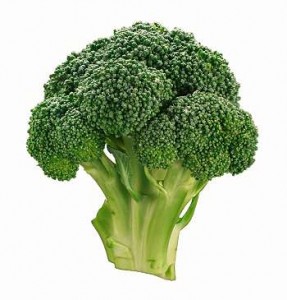By Laurie Marshall
My sister has been a brilliant menu planner for some time now. I’m always jealous of the images she posts on Instagram and Twitter that look healthy and yummy. Guilt starts to creep in and I think “I should make more creative, healthful meals for my family.” The thing is, though – she’s single and childless. Nuff said, right??
But of course, this is the year of Do or Do Not, so I’ve been going through all the magazines I have piled around and tearing out recipes that I think I could trick lovingly encourage my family to try. I have a pretty good stack going, but since I’m a great planner, and not so great at executing those plans, I know I still have work to do.
 One of the things I’ve been looking at is an idea called “seasonal eating”. It is just what it sounds like – the process of preparing meals that are based on the foods that are available at any given time of the year. If you want to take it a step further, you could go with foods available at that time of year locally. Wouldn’t this be brilliant if we lived in Maine or Seattle?? Fresh salmon or lobster every week!? Yes, please!
One of the things I’ve been looking at is an idea called “seasonal eating”. It is just what it sounds like – the process of preparing meals that are based on the foods that are available at any given time of the year. If you want to take it a step further, you could go with foods available at that time of year locally. Wouldn’t this be brilliant if we lived in Maine or Seattle?? Fresh salmon or lobster every week!? Yes, please!
Fresh seafood dreams aside, there are also great opportunities to eat seasonally in Northwest Arkansas. There are farmers’ markets all over our area that offer vegetables, fruits, locally-made honey, pork and other meats, dairy products, eggs, and breads. So, between the months of April and November, a lovely Saturday morning out at one of the markets could stock your pantry for the week.
If you’re not up for a trip to the market each week (or have kids on a sports team…) a more convenient option might be signing up with a local CSA. CSA stands for “community supported agriculture”. CSAs are a growing trend in both urban and more rural (or just less urban) areas like NWA. As the website Ozark Slow Food describes it, a CSA is “a way to get primo produce while ensuring your local farmer customers and capital.” They involve the people who live in a particular community in the growing and distribution of a crop or crops through and annual financial investment.
Individuals pay a fee to be an “investor” in a particular farm (not all farms operate CSAs, and fees differ) and, in return their investment, they receive a portion of the harvest for the coming season or seasons. If the farm has a good year, investors will reap the benefits. However, if it’s a bad year and crops are sparse, they also suffer with the farmer. The fees give the farmers a guaranteed income to get crops planted and help support their operation throughout the season. In this way, there is a benefit to the local growing economy – something I believe is important in our overly-processed society. I’m not a doomsday theorist or anything, but I’m not so sure we can keep going the way we are going, you know?
 Some CSAs operate year-round, with winter being more focused on root vegetables or foods that can be grown in a greenhouse. Others operate only during the typical growing seasons of spring, summer and fall. Some farms offer different crop selections based on your preferences, and farms have varying methods of delivery.
Some CSAs operate year-round, with winter being more focused on root vegetables or foods that can be grown in a greenhouse. Others operate only during the typical growing seasons of spring, summer and fall. Some farms offer different crop selections based on your preferences, and farms have varying methods of delivery.
Some will deliver directly to you, others deliver to a central location and you have to pick up your box. Still others may require that you pick up at the farm. If you are investigating CSAs, be sure to ask if it’s possible for you and your family to tour the operation or even help the harvest – it would be a great way to help your kids appreciate how we get food on our table.
The website Local Harvest allows you to search your area for local CSAs. I’ll be signing up for one this year and let you know how it goes. If you sign up, be sure to let me know what you think, and whether you think you get what you paid for.
Now, off to pick some recipes for this week.
 Look for Laurie’s fitness tips and updates on her personal health-focused journey every other Friday on nwaMotherlode in Mom Blogs. Send questions or input to her at mamas@nwaMotherlode.com. Or click on the comment button below and share your thoughts right now! To see previous installments of Getting Healthy for Good, click HERE.
Look for Laurie’s fitness tips and updates on her personal health-focused journey every other Friday on nwaMotherlode in Mom Blogs. Send questions or input to her at mamas@nwaMotherlode.com. Or click on the comment button below and share your thoughts right now! To see previous installments of Getting Healthy for Good, click HERE.
